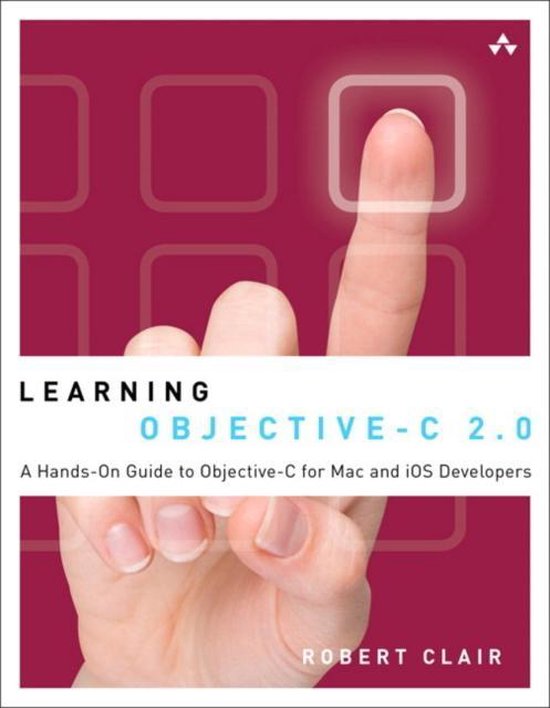Get Started Fast with Objective-C 2.0 Programming for OS X, iPhone, iPod touch, and iPad If you want to learn Objective-C 2.0 to write programs for Mac OS X, iPhone, iPad, or iPod touch, you've come to the right place! Concise, readable, and friendly, Learning Objective-C 2.0 is the perfect beginner's guide to the latest version of Objective-C. Longtime Mac OS X and iPhone developer Robert Clair covers everything from the absolute basics to Objective-C 2.0's newest innovations. Clair begins with a practical refresher on C and object-oriented programming and walks you through creating your first Objective-C program with Xcode. Next, you'll master each core language feature, from objects and classes to messaging, frameworks, and protocols. Every concept is illustrated with simple examples, and many chapters contain hands-on practice exercises. Throughout, Learning Objective-C 2.0 focuses on the features, concepts, and techniques that matter most day to day. The result is an outstanding first book for everyone who wants to begin programming for iPhone, iPod touch, iPad, or Mac OS X. COVERAGE INCLUDES * Understanding methods, messages, and the Objective-C messaging system * Defining classes, creating object instances, and using class objects * Using categories to extend classes without subclassing * Simplifying development with Objective-C 2.0 declared properties * Using protocols to emphasize behavior rather than class * Working with common Foundation classes for strings, arrays, dictionaries, sets, and number objects * Using Objective-C control structures, including Objective-C 2.0's new fast enumeration construct * Understanding application security and hiding the declaration of methods that should stay private * Using the new blocks feature provided in Objective-C 2.0
